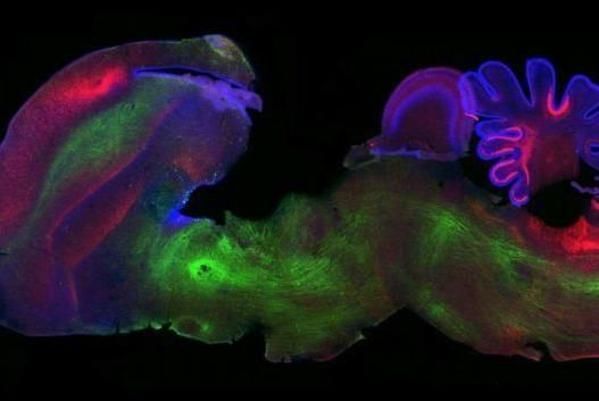Laboratory of Brain Development and Evolution

Responsable: Fernando García Moreno
Centro (uo): Achucarro Basque Center for Neuroscience
Correo electrónico: fernando.garcia-moreno@achucarro.org
Página web: https://phylobrain.github.io/
FOREBRAIN EVOLUTION The forebrain lies at the top of the nervous system hierarchy and directs all complex behavior in vertebrates. As such, it became the evolutionary playground of the nervous system. It is at the forebrain where most divergences and novelties are clear. In the lab we try to bring light onto the developmental mechanisms that enable forebrain diversification in amniotes. Specifically, we research stem cell types, neurogenesis and neuronal migration. EVOLUTION OF THE VERTEBRATE BRAIN PLAN From a frog to a chimp, the brain of every vertebrate species organizes following a common pattern. This shared plan, that we term the phylotypic brain, appears obvious during early stages of development. The phylotypic brain has been conserved for over 500 million years and may have been preserved due to the constraint of the body plan evolution. How was this extreme conservation possible? What genetic mechanisms preserved the shared brain plan in vertebrates? Our group investigates the neural stem cell types that comprise the phylotypic brain and the conservation of their genetic features. CORTICAL DEVELOPMENT The neocortex is the brain structure that most differentiates mammalian species. Its size and complexity are the human signature in nature. How the neocortex appeared in evolution? What changes in the developmental program of the brain triggered the formation of the six-layered neocortex? Our group aims to identify the minor changes in pallial development that opened the door for the formation of the neocortex. We research the massive neurogenic increase, novel cellular migrations and shifted neuronal positioning.
Investigadores/as
Clasificaciones
- Centros (c): Achucarro Basque Center for Neuroscience





